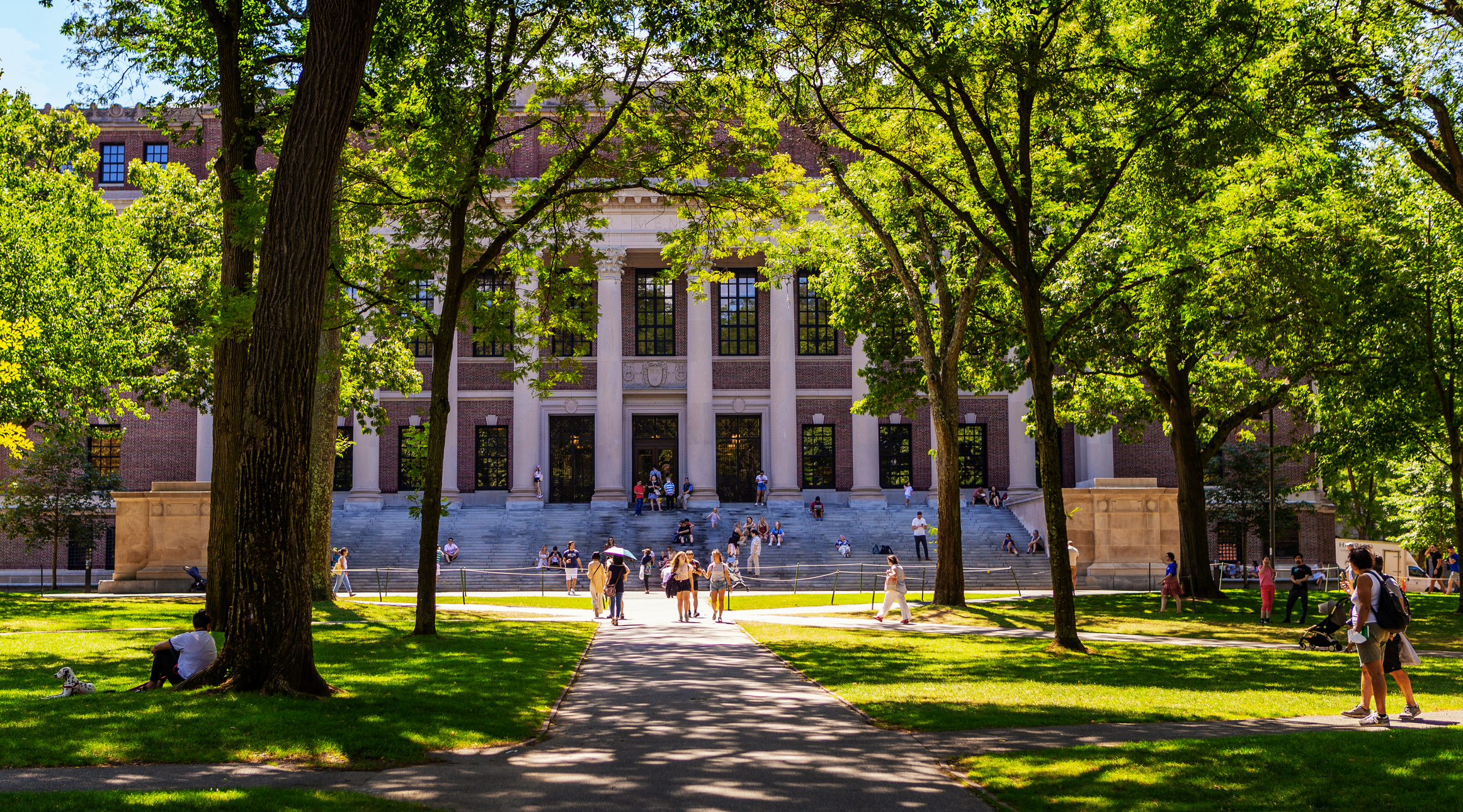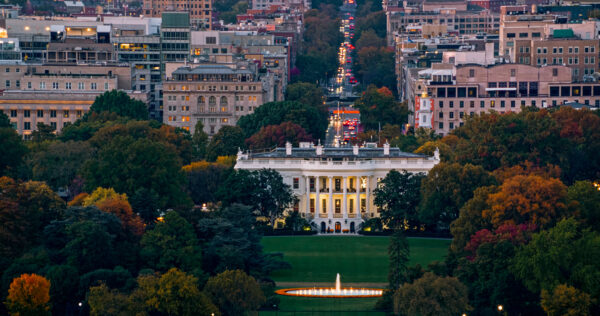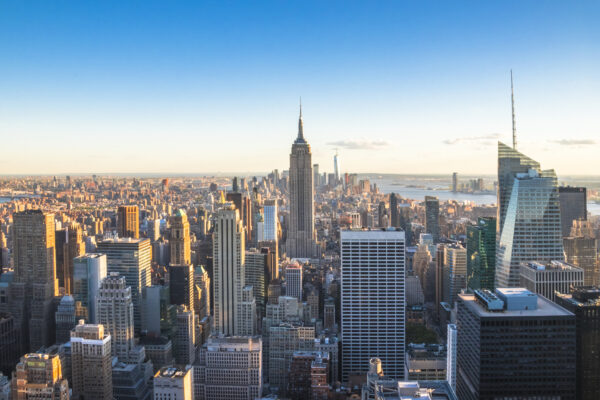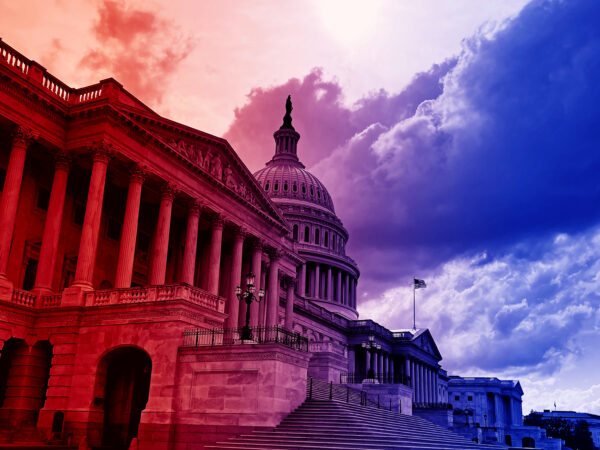Harvard has continued to find itself in the news the last several weeks. First, the Trump administration announced it was blocking about $2.2 billion in funding from the university, with Department of Homeland Security Secretary Kristi Noem later announcing the cancellation of $2.7 million in DHS grants, as well as the threat that the institution could lose its ability to enroll international students. Then, President Trump suggested in a post on Truth Social that “perhaps Harvard should lose its Tax Exempt Status and be Taxed as a Political Entity if it keeps pushing political, ideological, and terrorist inspired/supporting ‘Sickness?’ Remember,” the post continued, “Tax Exempt Status is totally contingent on acting in the PUBLIC INTEREST!” Most recently, the administration has reportedly considering pulling an additional $1 billion in funding.
How might this play out with voters? In the latest survey for Winning the Issues (April 8-10), we took a look at the brand images of colleges and universities overall and Ivy League institutions.
Colleges and universities overall have a favorable brand image (65-24 favorable-unfavorable), including among Republicans (56-33) and independents (60-28) but especially Democrats (80-11). Ivy League institutions on the other hand have a much more neutral brand image (44-38). Only Democrats have a positive view (62-19), while the Ivy League is under water with Republicans (33-49) and independents (38-44).

The differences in the shares favorable to each are also worth noting. There is a 21-point difference between the share of voters overall favorable to colleges and universities (65%) and the share favorable to the Ivy League. The difference is similar among Republicans (23 points; 56% favorable vs. 33% favorable); independents (22 points; 60% favorable vs. 38% favorable); and even Democrats (18 points; 80% favorable vs. 62% favorable).
Why is this important? It means that, as Ivy League institutions start to make their case in the public sphere and push back against funding cuts and other actions the Trump administration might take, that they do not have the same favorable environment that colleges and universities as a whole have. Forty-four percent favorable is very different from 65% favorable. It means the Ivy League has a different starting point, and needs to more strongly make its case — including the case about its value — to a larger portion of the electorate. Arguably, asserting their value proposition to a larger portion of the electorate is the most important thing that Ivy League institutions should be doing right now.







